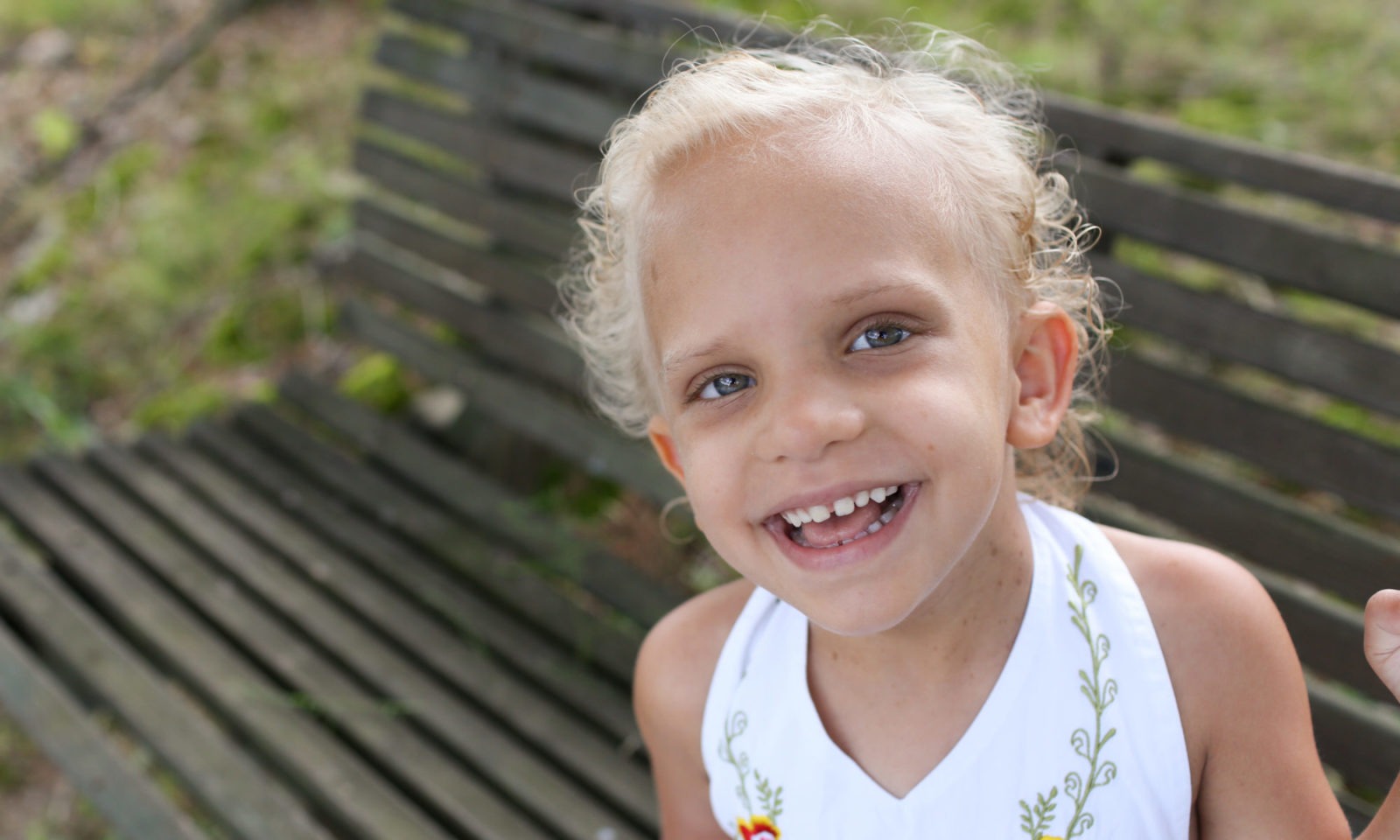Havyn now has a new piece of hardware. We reported to the hospital this morning at 7:30 and they got her back into surgery fairly quickly. After a bit of trouble finding a vein, the surgeon successfully implanted a port near her right collar bone. They said she did great.
She is now recovering from the anesthesia. She’s had a bit of water and a bite of a sucker. She’s tired and pretty whiny. She kept asking for “ploset” for the longest time. We couldn’t understand her. “Do you want to go to the closet?” She’d say back with increasing frustration, “No! Ploset!” We asked if she wanted water. She shook her head sharply and kept demanding the ploset. “You want us to pause the movie?” “PLOSET!”
We felt pitiful not being able to help her until finally we discovered that she wanted pudding! Not sure how that turned into ploset, but we found some yummy hospital pudding and she’s had three tasty bites and is a happier camper.
For the next several hours she’s going to receive a saline drip to flush her port and make sure everything is functioning correctly. We should get her first round of chemo around dinnertime and be able to go home this evening.
For those intetested, she’ll be receiving a mix of two chemotherapy drugs. She’ll get low doses of vincristine and carboplatin. These have had very good results treating optic pathway gliomas in NF-1 patients.
After this initial dose, Havyn will head to an out-patient clinic weekly for the next 12 weeks for additional doses. After that, 38 weeks of sporadic treatment will complete this initial round of chemo. Periodic MRIs through the process will help us track how well the treatment is working.
We’ll post more after her chemo treatment!
Visual pathway gliomas occur predominantly in young children. Chemotherapy has been increasingly used as a first-line treatment because of the complications caused by radiotherapy and surgery. Nine children between 6 months and 9 years (median age of 4.8 years) were treated with vincristine and carboplatin according to the SIOP (Société Internationale d’Oncologie Pédiatrique) low-grade glioma 1996 protocol. Five patients had evidence of neurofibromatosis type 1. Magnetic resonance imaging (MRI) and ophthalmological assessment were performed during and after treatment. There was a positive response in all children (100%). Three patients developed progressive disease between 8 and 12 months after ceasing treatment. One of them, being only 2.5 years old, was again treated by chemotherapy with partial response on MRI. Patients with neurofibromatosis type 1 never developed progressive disease. Our data suggest that chemotherapy is an effective treatment option in young children with visual pathway gliomas. MRI is an important means of monitoring the tumour response provided that a rigid imaging protocol is used to detect the early tumoral changes. – From the National Center for Biotechnology Information

praying for your sweet girl, brother.
Been thinking and praying for all of you!!! We are here for you. She will do great.
Praying for your sweet girl and for the whole family.